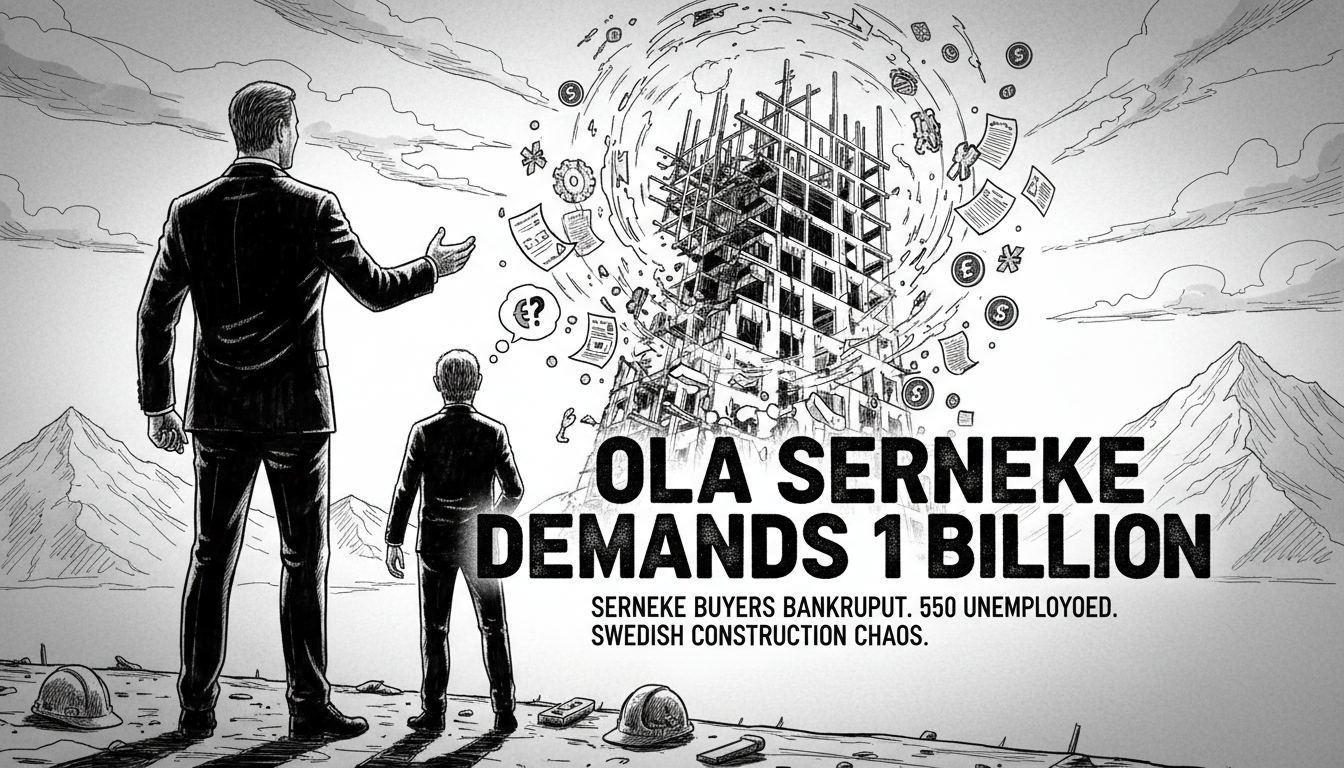Ola Serneke now pursues one billion kronor from the company that purchased Serneke Sweden. This demand follows a dramatic corporate collapse that left hundreds unemployed. The construction firm Serneke Sweden entered bankruptcy proceedings in January. Approximately 550 employees lost their jobs during this corporate failure.
The buyer of Serneke Sweden has also collapsed into bankruptcy. This double bankruptcy creates a complex legal situation for all parties involved. The bankruptcy estate currently holds a substantial debt. This debt amounts to exactly one billion Swedish kronor. The money is owed to companies controlled by founder Ola Serneke.
This situation highlights the fragile nature of Sweden's construction industry. Multiple large contractors have faced financial difficulties recently. The sector struggles with rising material costs and economic uncertainty. Many industry observers express concern about further instability.
Sweden's bankruptcy laws provide specific procedures for handling such cases. Creditors must file claims through official bankruptcy administrators. The process typically takes months or even years to resolve completely. Ola Serneke's companies now join the queue of creditors seeking repayment.
The original Serneke Group was once a major player in Swedish construction. It participated in numerous high-profile projects across the country. The company's decline represents a significant shift in the Nordic construction landscape. What does this mean for Sweden's building industry stability? The double bankruptcy could affect confidence among investors and clients.
Construction workers face particular challenges in such situations. Swedish labor laws provide some protection through the wage guarantee system. This system ensures employees receive outstanding salaries when employers go bankrupt. However, the psychological impact of sudden job loss remains substantial.
The billion-kronor claim represents a dramatic turn in this corporate saga. Ola Serneke essentially seeks payment from a company that no longer functions. This illustrates the complex financial relationships that can survive corporate collapses. The outcome will likely influence how similar cases are handled in future Swedish bankruptcies.

